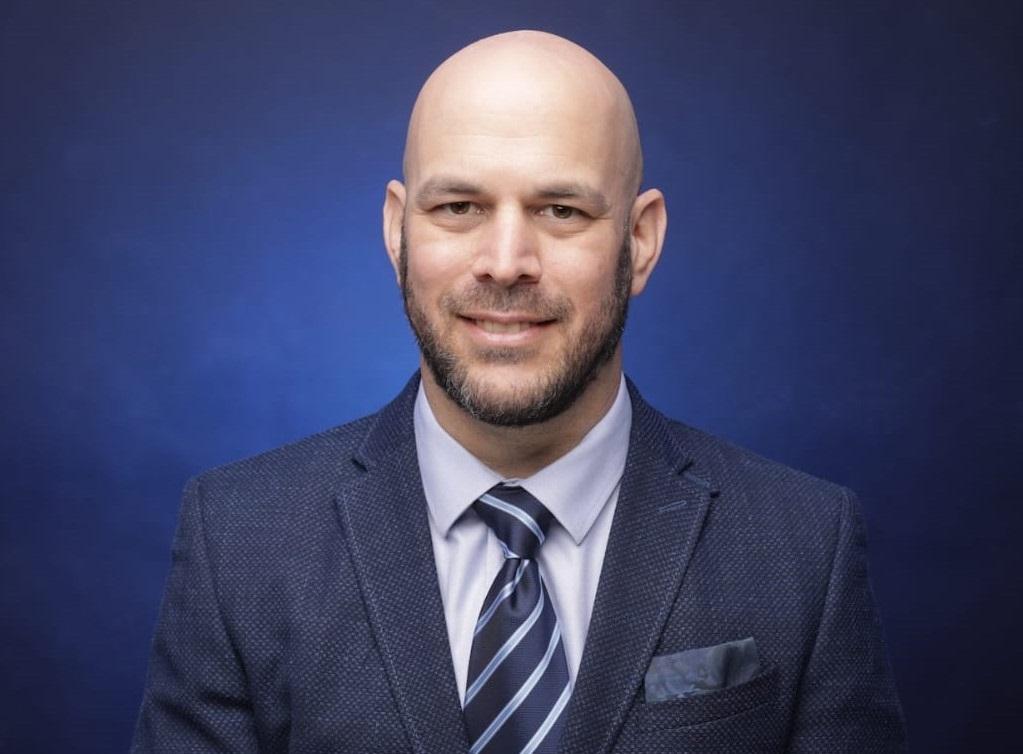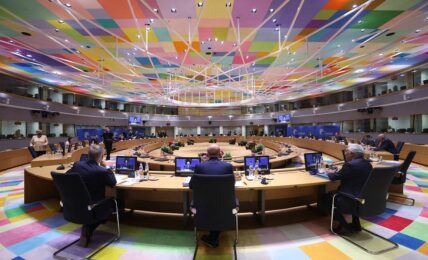
By: Eyal Harel, Co-founder and CEO, BlueGreen Water Technologies
On day one of COP29 in Baku, governments reached a crucial agreement to establish carbon credit quality standards, setting the stage for a potential UN-backed carbon market.
The Voluntary Carbon Market (VCM) is emerging as an essential tool in combatting climate change, providing a way for companies and individuals to offset their carbon emissions. However, today’s VCM operates in a largely unregulated space, riddled with uncertainty, lack of transparency, and questions around the quality and reliability of carbon credits. This makes the COP29 deal a significant step forward for the future of carbon markets.
A quick glance at history reveals why regulation is necessary. The state of carbon markets is reminiscent of the early financial and pharmaceutical markets before regulation. Examining the two historical precedents can draw meaningful comparison and even guide the development of a new set of standards for carbon credit validation.
Before the establishment of the Securities and Exchange Commission (SEC) and the Food and Drug the financial and pharmaceutical industries were plagued by exploitation and public mistrust. In both cases regulatory intervention was essential to restoring faith and stabilizing these markets.
Prior to the SEC’s establishment in 1934, the U.S. financial markets resembled a “Wild West” with minimal oversight. Insider trading, market manipulation, and fraudulent schemes were rampant, often leading to speculative bubbles like the one preceding the 1929 stock market crash. The crash, followed by the Great Depression, wiped out savings nationwide and exposed the need for regulatory oversight. In response, the SEC was created to enforce mandatory disclosures and prohibit insider trading, restoring investor confidence and fostering market stability.
Similarly, before the FDA was established in 1906, the pharmaceutical industry was flooded with unsafe, unregulated products. Companies were not required to prove the safety or efficacy of their drugs, resulting in dangerous “patent medicines” laced with harmful substances. Public outrage peaked after over 100 deaths from Elixir Sulfanilamide in 1937, leading to the 1938 Federal Food, Drug, and Cosmetic Act. This empowered the FDA to regulate drugs, food, and cosmetics, ensuring consumer safety.
Unregulated Environments Breed Distrust and Public Harm
The VCM today operates in a similarly unregulated environment. Companies and individuals purchase carbon credits to offset their emissions, often as part of their individual and corporate social responsibility efforts. However, lacking consistent standards, carbon credits vary significantly in quality, with some delivering genuine carbon reductions while others offer dubious or even fraudulent claims.
This means buyers have no way of knowing whether the carbon credits they purchase represent actual reductions in greenhouse gases. Worse, not being able to rely on anything official but on private initiatives, offset buyers face reputational risk and sometimes even substantial legal exposure despite doing what seems to be – at the time – the right thing to do. Distrust and unwillingness to handle the risk reduces investments in the field, which is creating a chilling effect that harms climate action.
Much like the 1929 stock market crash and the Elixir Sulfanilamide tragedy, the VCM is at a defining moment. The initial COP29 agreement indicates that the global community is getting serious about using market mechanisms to tackle climate change.
To ensure the market delivers real environmental benefits, to UN should consider prioritize science-driven credit verification processes as well as procedures to develop new methodologies for new decarbonization approaches. In parallel, establishing transparency around carbon credit pricing and effectiveness, and holding companies accountable for false claims and project developers’ overlooked environmental products are all essential in moving this effort forward.
Applying Histories Lessons to the VCM
Recent Nobel Prize winners in economics, including Daron Acemoglu, have highlighted the profound impact that institutional frameworks have on shaping markets and fostering economic resilience. Acemoglu’s research emphasizes the link between institutions, regulations, and economic outcomes, showing that well-structured regulatory bodies can prevent exploitation, reduce inequalities, and enable sustainable growth. His findings align with the historical success of regulatory institutions like the SEC and the FDA, which transformed their respective industries into structured, trustworthy, and productive markets by enforcing standards of accountability and transparency.
One promising development in this regard is the emergence of organizations like the Integrity Council for the Voluntary Carbon Market (ICVCM), which aims to develop and enforce standards for carbon credit verification. The COP29 agreement to standardize is a positive step that can bring certainty and trust to the market and could give the market “teeth” to have its intended impact – if developed properly.
Regulation should be seen as a foundation for credible, sustainable growth. By incorporating the insights from historical precedents and recent Nobel-winning research, we can transform the VCM into a reliable and powerful tool in the global fight against climate change. Without it, the market risks falling short of its mission to combat climate change and could erode the public trust essential for long-term impact.
Eyal Harel is an entrepreneur with a strong passion for protecting natural resources and improving global water quality. As the Co-Founder and CEO of BlueGreen Water Technologies, Eyal has developed new businesses and identified key market opportunities with the ultimate goal of making the environment safer for the next generation.


